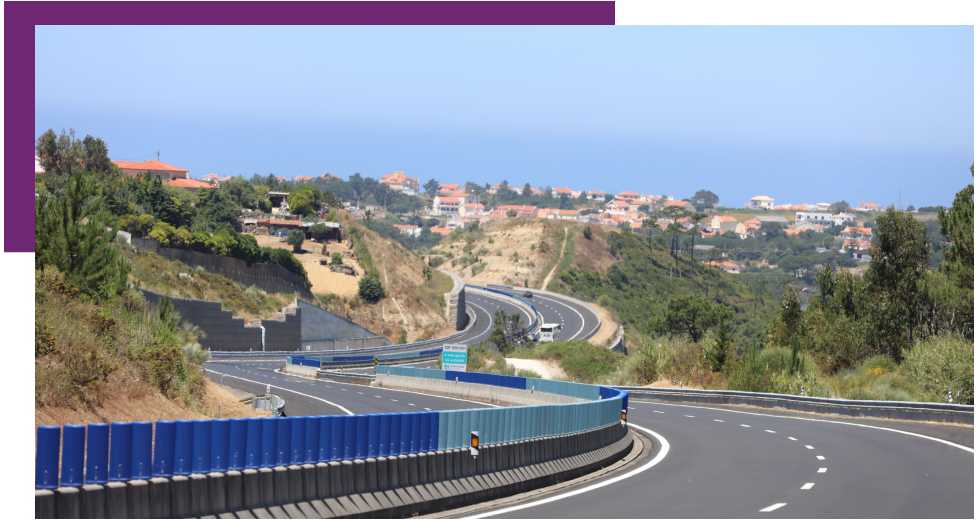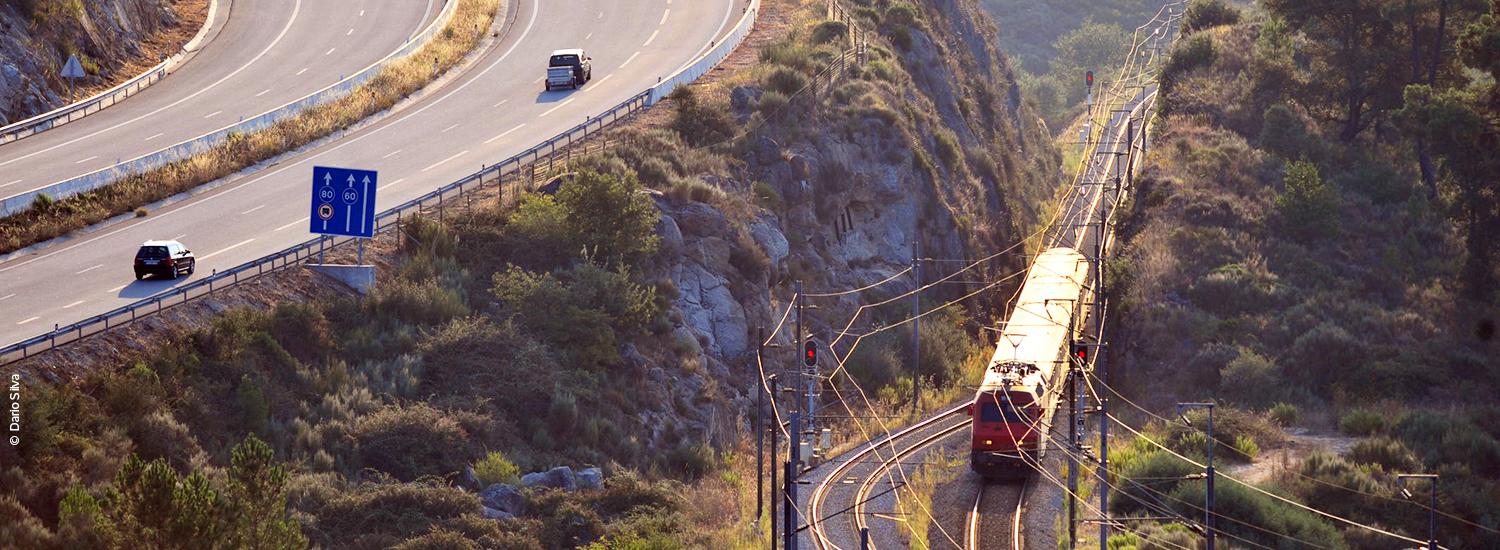- Estatutos
-
A Infraestruturas de Portugal, S.A. foi criada a 1 de junho de 2015 e resulta da fusão, por incorporação, na Rede Ferroviária Nacional – REFER, E.P.E. (REFER, E.P.E.) da EP - Estradas de Portugal, S.A. (EP, S.A.). Os seus estatutos estão definidos no Decreto-Lei nº 91/2015, de 29 de maio.
- Contrato Concessão
-
Em 23 de novembro de 2007, foi assinado o contrato de Concessão entre o Estado Português e a EP - Estradas de Portugal, S.A.
Foram assim aprovadas as bases da concessão do financiamento, conceção, projeto, construção, conservação, exploração, requalificação e alargamento da Rede Rodoviária Nacional (RRN).
Bases da Concessão da EP - Estradas de Portugal, S.A.
DL 380:2007, de 13 de novembro
Lei 13:2008, de 29 de fevereiro
Financiamento da Rede Rodoviária Nacional a cargo da Infraestruturas de Portugal, S.A.
- Contrato Programa
-
Em 11 de março de 2016 foi celebrado, entre a Infraestruturas de Portugal e o Estado Português, o Contrato Programa para o setor ferroviário, que define e regula os termos e condições da prestação pela Infraestruturas de Portugal das obrigações de serviço público de gestão da infraestrutura integrante da Rede Ferroviária Nacional (RFN), para o período compreendido entre 01/01/2016 e 31/12/2020, bem como das indemnizações compensatórias decorrentes a pagar pelo Estado Português.
A 31 de dezembro de 2020 foi assinado um aditamento ao Contrato Programa, que prorrogou a vigência do mesmo por um período de seis meses (de 01/01/2021 a 30/06/2021), mantendo inalteradas as condições previstas.
A Resolução do Conselho de Ministros n.º 104/2021, de 29 de julho de 2021, aprovou a prorrogação da vigência do Contrato Programa, por mais seis meses, até 31 de dezembro de 2021.
Enquadramento Legal
Decreto-Lei 217 de 7 de outubro 2017
Contrato Programa
Relatório de Desempenho
Adenda ao Relatório de Avaliação de Desempenho - 2023
Relatório de Avaliação de Desempenho - 2023
Relatório de Avaliação de Desempenho - 2022
Relatório de Avaliação de Desempenho - 2021
Relatório de Avaliação de Desempenho - 2020
Relatório de Avaliação de Desempenho - 2019
Adenda ao Relatório de Avaliação de Desempenho - 2018
Relatório de Avaliação de Desempenho - 2018
- Plano Rodoviário Nacional
-
Um dos fatores estruturais mais importantes para uma harmoniosa política de ordenamento do território é, sem dúvida, o modo como se encontra organizada a Rede Nacional de Estradas, o que se traduz na existência de um Plano Rodoviário Nacional, que constitui o instrumento regulador das infraestruturas rodoviárias nacionais, otimizando as condições da ocupação do solo e do ordenamento do território, tendo sempre subjacente a minimização dos impactes ambientais, o interesse público e o das populações em particular.
O primeiro Plano Rodoviário Nacional, surgiu em 1945 visando suprir a deficiência da rede de estradas existentes, fixando novas características técnicas e hierarquizando a rede rodoviária. Neste plano, a rede nacional com cerca de 20 600 km, foi hierarquizada em 3 níveis (1ª, 2ª e 3 ª classe) e definiram-se as larguras mínimas da plataforma para cada uma das classes.

Quarenta anos depois, em 1985, seria publicado um novo Plano Rodoviário Nacional para dar resposta quer à grande expansão e desenvolvimento tecnológico do automóvel quer às novas metodologias de desenvolvimento, com base em previsões de tráfego, que se haviam generalizado nos anos sessenta. Surgiu assim uma Rede Rodoviária Nacional com cerca de 10000 km mantendo-se uma hierarquização em três níveis.
A última revisão ocorreu em 1998 (vulgarmente conhecido por PRN2000) para dar resposta ao desenvolvimento socioeconómico verificado após a adesão de Portugal à União Europeia. Este Plano prevê um total de cerca de 16 500 km dos quais cerca de 5 000 foram incluídos numa nova categoria - Estradas Regionais. Esta nova categoria de estradas, de interesse supra municipal e complementar à Rede Rodoviária Nacional, tinha subjacente que apenas se manteriam provisoriamente na responsabilidade da administração central, admitindo-se que transitariam para as futuras regiões, cujo processo, como é sabido, face ao resultado do referendo, não teve desenvolvimento.
Neste Plano incluiu-se uma rede nacional de autoestradas com cerca de 3 000 km correspondendo a cerca de metade da extensão da rede de Itinerários Principais (IP) e Complementares (IC).
Este Plano foi instituído pelo Decreto-Lei n.º 222/98, de 17 de Julho, e alterado pela Declaração de Retificações nº 19-D/98 de 31 de Outubro, pela Lei nº 98/99 de 26 de Julho e pelo Decreto-Lei 182/2003 de 16 de Agosto.
- Regulamentos Externos
- Normativos Internos
